American Girl Dolls as fully grown, human adults
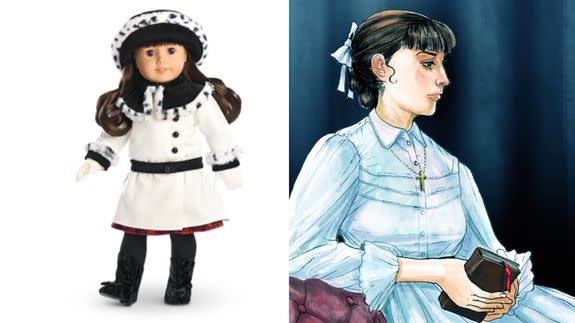
American Girl dolls know how to live. Perpetual children, they face severe adversity — slavery, war, starvation – with upbeat attitudes and adorable lunch pails. No matter how pervasive the trauma, they exhibit resilience and great fashion sense. They’re not slovenly lost boys but proud American girls.
But at some point in all of our lives, everyone has to grow up — including, theoretically, these dolls. Over here at Mashable, we imagined the American Girl dolls Bildungsdroman.
SEE ALSO: Ada Lovelace: STEM Jedi and inventor of computer programming
What if they had to grow up and face a real world, a world with jobs and bills to pay? A world without French braids and seasonal dresses. A world with no bosom buddies.
Here are our most optimistic projections.
MOLLY
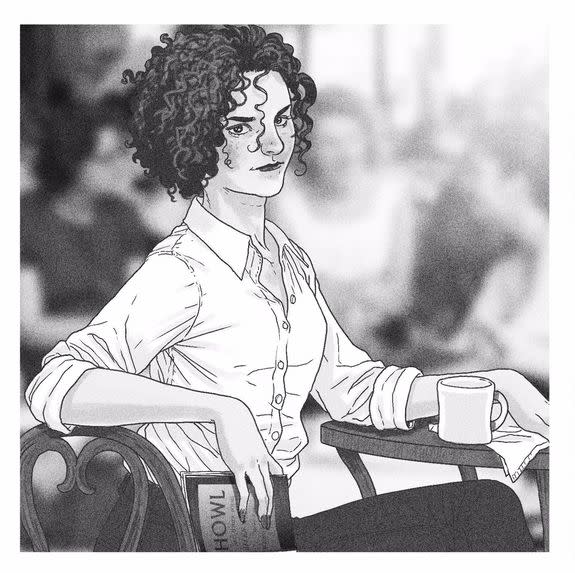
Image: Bob Al-Greene
After the war ended, Molly decided to buckle down on her studies and headed to her favorite Seven Sisters school, Vassar College. There, she lost her glasses, briefly experimented with lesbianism, and started a Marxist comedy troupe. After graduating from school, she moved down to the West Village to launch her tap-dancing career and live with her Yale dropout boyfriend, Isaac. The new “New Molly,” Molly finally let her curls run free and the result was … well, you see for yourself.
Molly later converted to evangelical Christianity and campaigned for Ronald Reagan. Telemarketers, do not call her landline—she will f*ck with you.
SAMANTHA
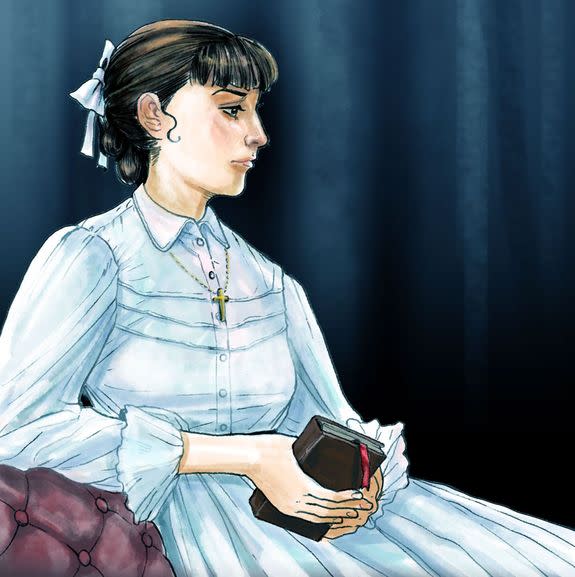
Image: bob Al-greene
In her early 30s, Samantha’s deep Victorian guilt finally caught up to her. Together with her husband, Alexander William Alexander, Samantha moved to southeast India to become a plucky and positive young missionary.
Alexander, a New England Yankee and Yale graduate, struggled to adapt to the new climate. But Samantha had real grit – she came from a long career of rufflin’ feathers and climbing trees. Thanks to her hard work, as well as the efforts of the seven domestic/indentured servants she brought with her, Samantha was successfully able to construct a lady’s well, children’s horseback riding lessons, and an Indian MayPole club. True activisim.
Throughout it all, Samantha kept her good attitude, and ridiculous ringlets. She later died from dengue fever.
KIRSTEN
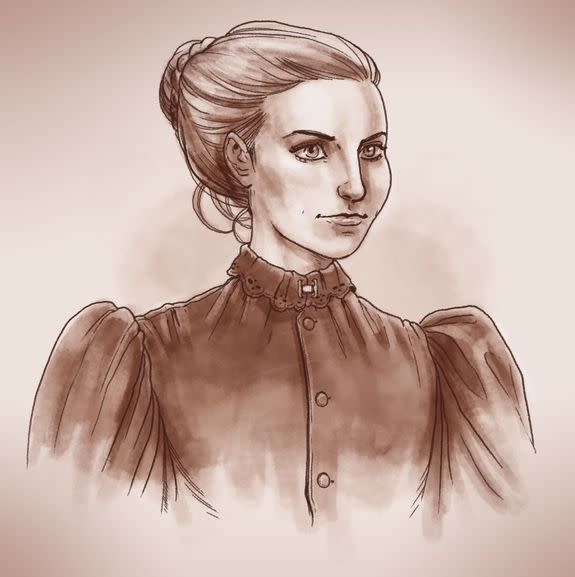
Let’s not lie: Kirsten was always a snooze. Sure, she had the best of the lunchboxes (that block of cheese looked good) but she was timid and kind of a pushover and carried a weird spoon wherever she went.
Regardless, Kirsten – like all American girl dolls – was forced to come of age. Pretty but plain, Kirsten decided she wasn’t marketable enough for marriage, so instead became a teacher at a local prairie school. She spent years covered in a heavy layer of chalkboard dust, resigned to spinsterhood and bad skin. Then one day, a proudly pale watchmaker moved into town, and the two developed an insipid attraction.
Kirsten and the watchmaker later wed and had 13 children. Congratulations, Kirsten, I guess.
ADDY WALKER
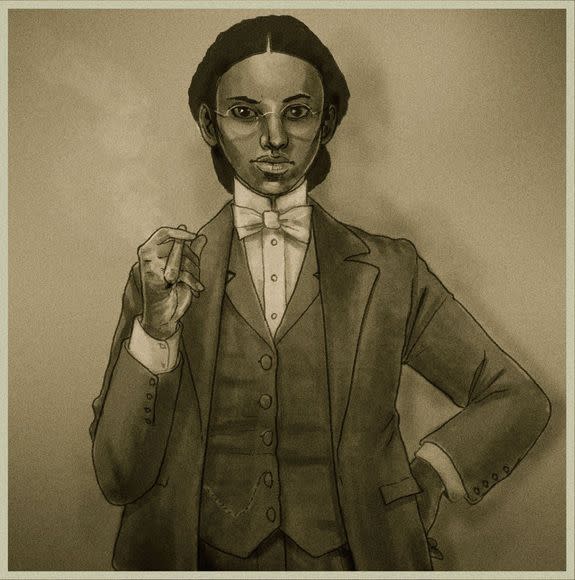
Let’s be honest—compared to Addy, all the other American Girl dolls were punks. Addy was a fugitive slave who made it to the North and rose to top of her class. What did Samantha do? Curl her hair? Skip around the may pole? Sit down, Samantha. Also, Molly — stop whining.
After the war ended, Addy became active in local Philadelphia politics and worked hard to desegregate streetcars and city schools. She married, apathetically, but spent most of her time with her closest female friends, working for social change.
JOSEFINA
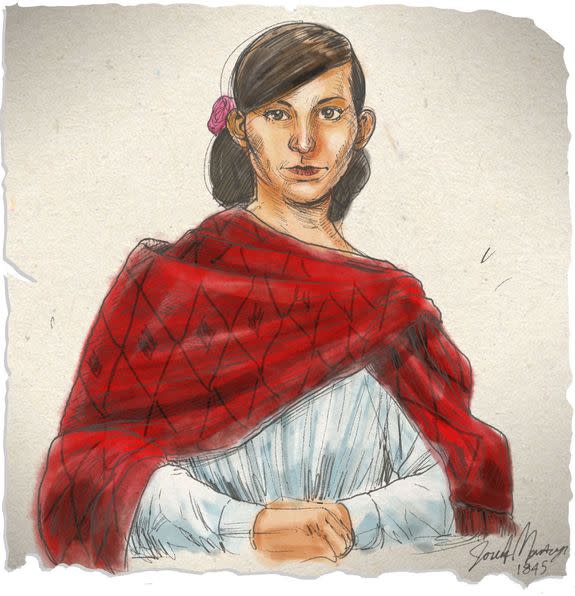
Image: bob Al-greene
Josefina was always the strangest of the American Girl dolls. She loved music, enjoyed flowers, hated goats. Josefina was the kind of kid from high school who was “really awesome at art!” but “kind of insufferable to talk to.”
Josefina briefly experimented with a curandera career, but found that she was far more “successful” as a watercolor artist. She married a young man from el pueblo, gave birth to some attractive kids, and made pastel watercolors of rabid dogs she met in town. After her husband’s death, she moved full-time into the attic, where she crafted a gorgeous, expansive, 1,000+ page scrapbook. It was very weird.
FELICITY
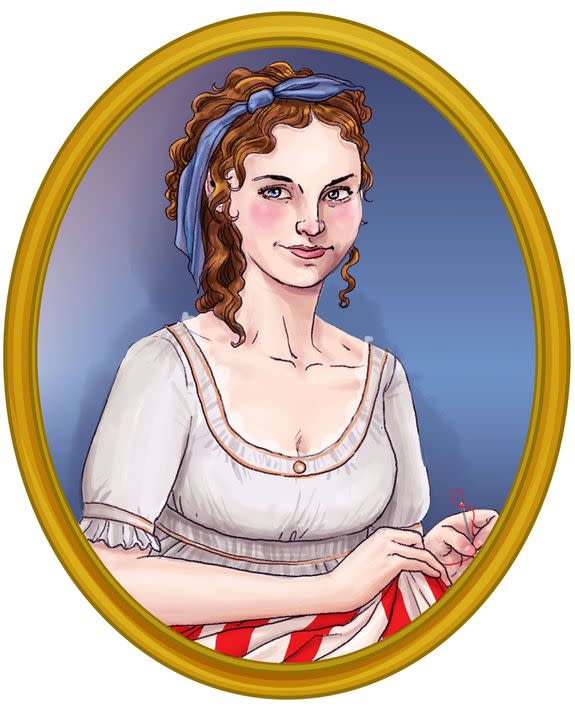
Felicity was the Sheryl Sandberg of the colonial era. She wasn’t afraid to lean in – tame horses, tease dogs, humiliate dissidents with insulting petty nicknames. Remember Annabelle, who became Bananabelle? Chills.
After the war, Felicity moved to the capital, where she married a pushover state senator. Felicity refused to do any of the cooking, yelled at her “spoiled” kids, and proudly forced her husband to swallow her political opinions. Sure, she couldn’t technically hold office. But she yelled at her husbands friends’ until they cowered into submission, and started a radical sewing club to promote protective tariffs.
She, like the dolls who came after her, was a fearless warrior and brazen amazon. All it took was a little courage, a lotta heart, and over $100 per doll — cash, credit, or Paypal.
